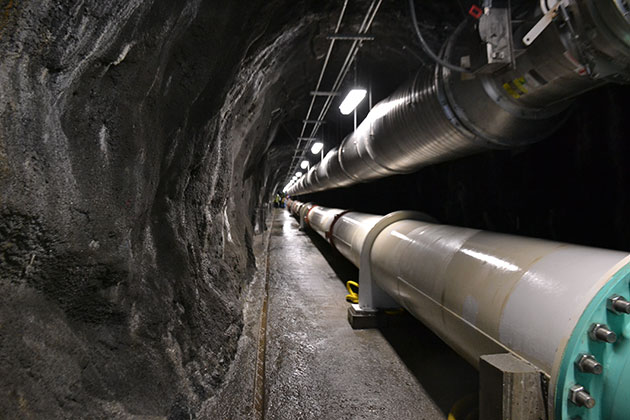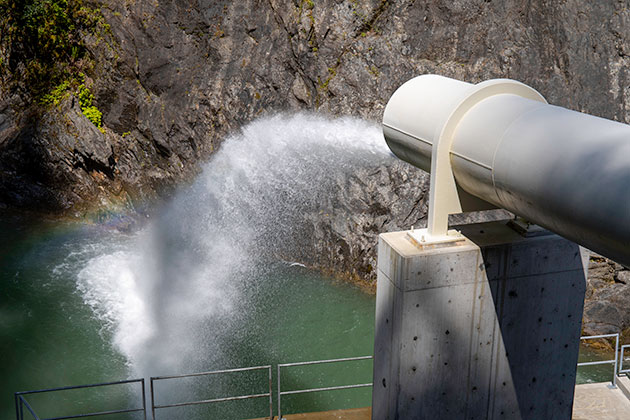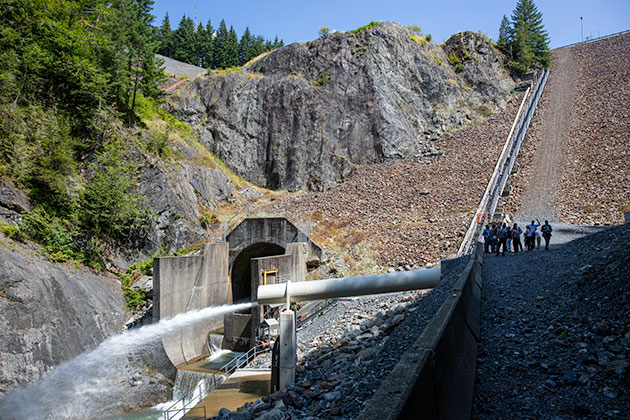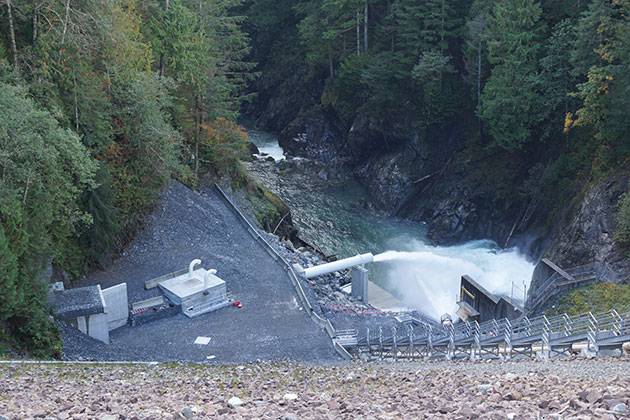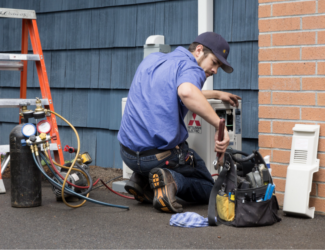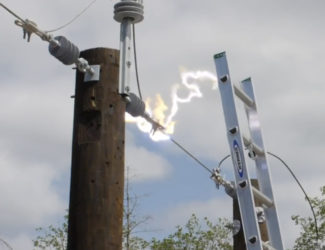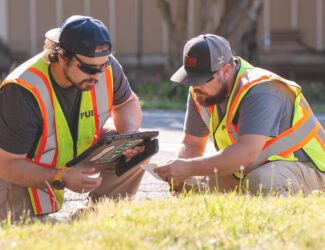
Water Temperature Conditioning Project
The Water Temperature Conditioning (WTC) structure for the uppermost reach of the Sultan River (Reach 3) allows the PUD to manage operations in a way that provides a seasonally desirable water temperature regime for the benefit of salmonids and other aquatic species in the Sultan River.
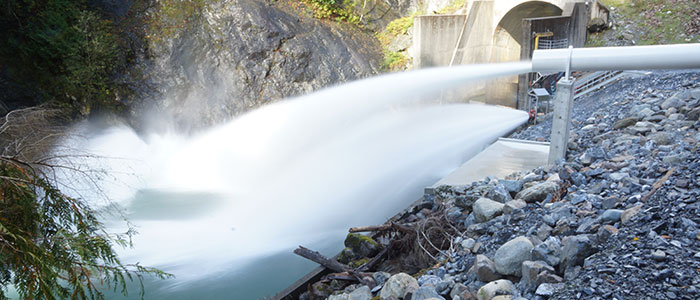
Why water temperature conditioning is beneficial
Describing aquatic habitat is complex as it is the result of the blending of physical, biological, and chemical variables. Providing and maintaining suitable water quality, most notably temperature, is particularly essential for the fishery resource to fully utilize the aquatic habitat available to them. In the Sultan River, this is especially important in light of the recent re-introduction of Chinook, coho, and steelhead with the completion of fish passage at the Diversion Dam, which allows unfettered access to the upper reach of the river. The conditioning (blending and mixing) of waters of varying temperatures is expected to result in a more normative water temperature regime (similar to the temperature regimes further downstream in Reaches 1 and 2). Conditioning will stimulate primary productivity, increase macroinvertebrate production, improve fish growth, expand fish distribution and add resiliency to the fish population by enhancing fish survival in Reach 3. Monitoring of the biological response to conditioning will be used to help verify that this measure is meeting the intended goals.
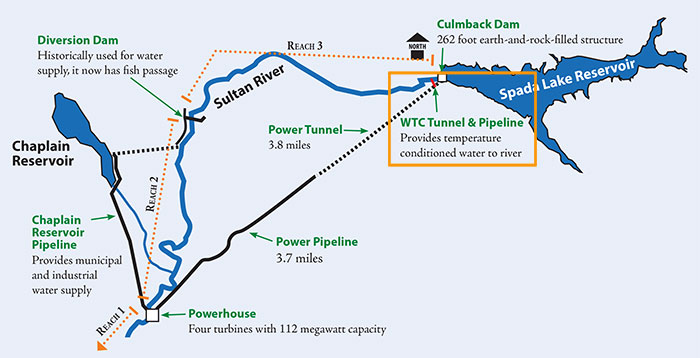
Water temperature conditioning
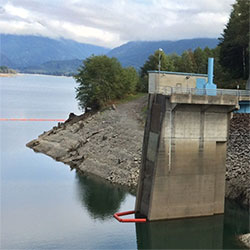 Annually, Spada Lake Reservoir is typically thermally stratified between April and October. The intake tower allows the PUD to selectively withdraw water from various depths (i.e., temperatures) and deliver it through the WTC pipeline to the base of Culmback Dam, or if needed, combine it with very cold water from the base of Culmback Dam. Thus, the Project is able to supply water that is closer to the preferred temperature of species and life stages of fish using the river downstream.
Annually, Spada Lake Reservoir is typically thermally stratified between April and October. The intake tower allows the PUD to selectively withdraw water from various depths (i.e., temperatures) and deliver it through the WTC pipeline to the base of Culmback Dam, or if needed, combine it with very cold water from the base of Culmback Dam. Thus, the Project is able to supply water that is closer to the preferred temperature of species and life stages of fish using the river downstream.
Helping salmon during climate change
During warm and/or drought periods in the summertime, the presence of the reservoir allows the Jackson Project to release cooler water than what would normally be provided by Mother Nature. This is a big deal for helping fish resources facing climate change. When fish are stressed from water that is too warm and/or water flow that is too low, they are put at risk and their survival is put in jeopardy. This impacts the productivity of the population. However, because of the reservoir, the Jackson Project is able to release more favorable volumes of water at the desired temperatures allowing fish to thrive in the Sultan River as compared to the surrounding rivers.
View Water Temperature Conditioning Project Case Study >
